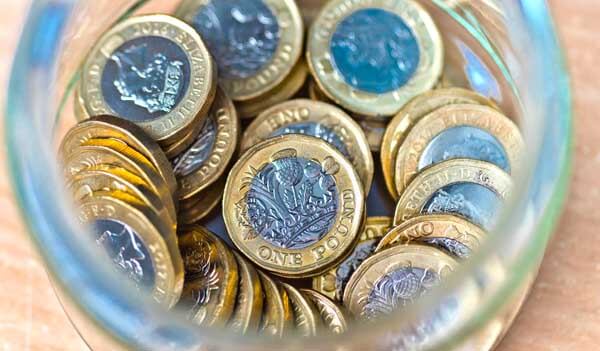As our lifestyles continue to change, it may help to be mindful of how this can affect spending, to be aware of regular costs that may start to increase again and understand opportunities to build lasting savings habits.
Tips to help you start - or continue - saving
Find a home for your savings, and save each month
When you’re saving for something specific or want to build up your savings for a rainy day, rather than simply leaving it in your current account, you can set up a new savings account where you can see your cash build up.
If you’re setting your cash aside, having this separate account can help you avoid the temptation of dipping into your savings. A lot of providers will let you name your account too, so whether you go with ‘New bathroom’, ‘Monthly set aside’ or ‘Sports car’ it’ll help to keep you focussed on your goal.
Two ways to save monthly:
There are many different types of savings accounts on the market. If you’re not sure what type of savings account to get, take a look at our variety of savings accounts.
For help with money issues, try MoneyHelper.



